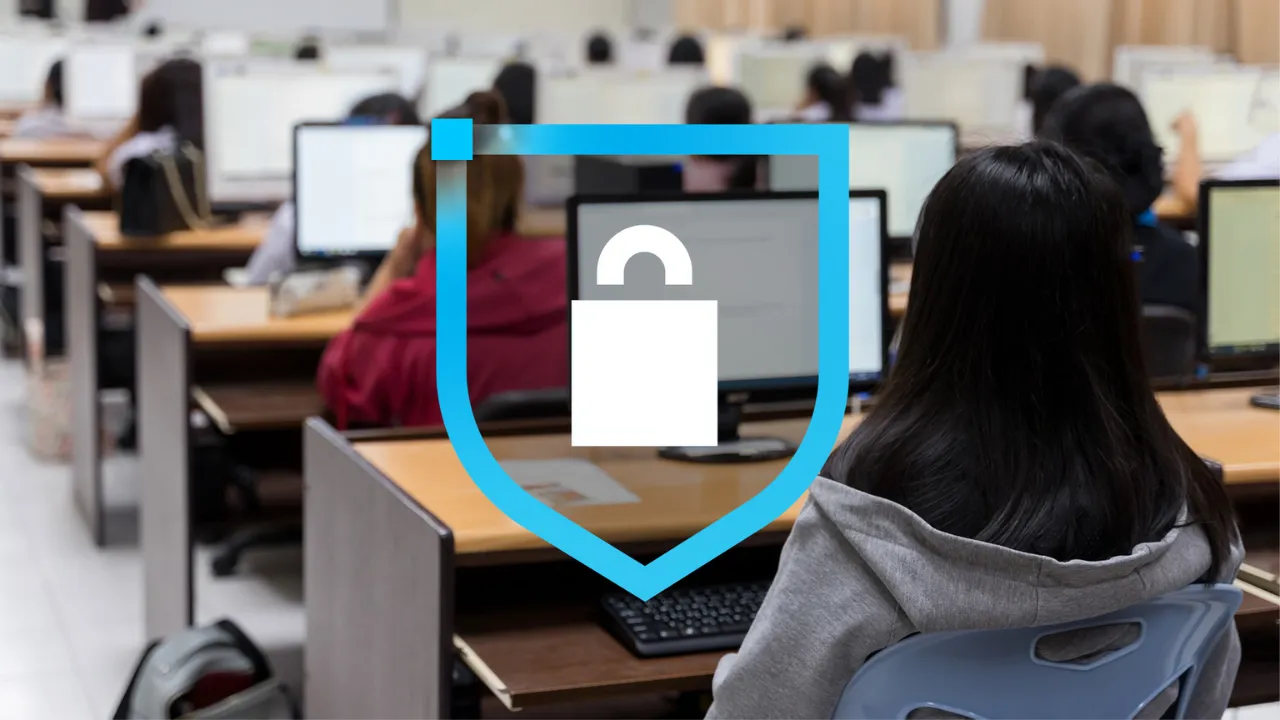Cybersecurity Education in U.S. High Schools: As cyber threats continue to escalate globally, digital security is no longer a niche concern—it’s a vital skill. For U.S. high schools, the urgency of introducing cybersecurity education has never been more pronounced.
Young people today are growing up in an era of constant connectivity, where the risk of cyberattacks impacts not just businesses and governments, but everyday lives. From identity theft to data breaches and misinformation, digital risks are shaping the future. Equipping students with the knowledge to understand, prevent, and respond to cyber threats is an essential investment in national security and economic resilience.
Cybersecurity Education in U.S. High Schools
Cybersecurity education in U.S. high schools is gaining traction as educators recognize the need to prepare students for digital threats and future career paths. Though still in its early stages, this movement is expanding rapidly. Schools are integrating cybersecurity through Career Technical Education (CTE), university partnerships, and national competitions. Programs like GenCyber and CyberPatriot are helping teens explore ethical hacking, data protection, and network security. With over 450,000 unfilled cybersecurity roles nationwide, these high school programs aren’t just educational—they’re critical to building a skilled workforce that can defend against evolving digital dangers.
Overview Table
| Initiative | Type | Description | Target Group |
| CTE Cybersecurity Pathways | Academic Program | Career-track curriculum in cybersecurity and information tech | High school students (Grades 9–12) |
| GenCyber Camps | NSA-Funded Summer Camps | Immersive cybersecurity camps promoting diversity and inclusion | Rising 9–12 graders |
| CyberPatriot | National Competition | Defense-focused team contest by the Air Force Association | Middle and high school students |
| picoCTF | Capture-the-Flag Challenge | Online hacking competition created by Carnegie Mellon University | High school students |
| University Prep Courses | Pre-College Academic Tracks | Programs offering college credits in cybersecurity | College-bound high schoolers |
Role of CTE & School Districts
Career Technical Education (CTE) has emerged as a powerful tool for introducing cybersecurity in schools. These career-oriented tracks are embedded in traditional high school systems and offer practical, hands-on experience. From basic network security to understanding malware and encryption, students can earn industry-recognized certifications like CompTIA Security+.
For instance, Plainview High School in Texas now offers a full cybersecurity program through its CTE department. Here, students not only learn technical skills but also build soft skills such as teamwork, problem-solving, and critical thinking—attributes crucial in cybersecurity careers. By integrating this education into core learning, schools prepare students for real-world challenges.
Summer Camps and University Partnerships
Outside the standard school year, programs like GenCyber are stepping up to fill the gap. Sponsored by the National Security Agency (NSA), GenCyber camps offer free week-long immersive training sessions to high school students. These camps focus on cyber ethics, threat modeling, secure coding, and even cryptography—all taught through interactive labs and challenges.
Universities such as Seton Hall and the University of Southern California (USC) now offer pre-college cybersecurity programs, allowing students to earn credits, attend lectures, and collaborate on digital security projects. These programs not only introduce college-level coursework but help students connect with professors and industry professionals, setting them on a defined academic and career trajectory.
National Competitions: CyberPatriot and picoCTF
Learning becomes more effective when students are challenged and engaged. That’s where cybersecurity competitions come in. The CyberPatriot program, managed by the Air Force Association, engages thousands of high school students in simulated environments where they must defend computer systems from cyber threats.
picoCTF, developed by Carnegie Mellon University, is the largest capture-the-flag cybersecurity competition tailored for high school students. Participants solve real-world digital puzzles and uncover vulnerabilities to gain points, often working in teams. These competitions not only teach practical skills but also build confidence and foster interest in cybersecurity as a long-term pursuit.
Why Cybersecurity Education Matters Now
The digital threats facing our schools and communities are real and growing. More than 1,000 reported cyber incidents have targeted K–12 institutions in the past several years. These attacks compromise personal data, disrupt learning, and cost districts millions.
At the same time, the cybersecurity field faces a major talent shortage. With over 450,000 job openings in the U.S. alone, there’s a critical need for skilled professionals. Introducing cybersecurity early helps close the workforce gap while enhancing students’ digital literacy.
Moreover, teaching teenagers how to manage passwords, avoid phishing attacks, and protect their digital identities supports safer technology use. These lessons are foundational—not just for aspiring security analysts, but for every citizen in an interconnected world.
How Schools Can Expand Access
- Embed cybersecurity into core IT curriculum: Offering entry-level courses that count toward graduation encourages participation without needing separate programs.
- Provide professional development for teachers: Many educators lack cybersecurity backgrounds. Training and resources from organizations like Cyber.org can help.
- Leverage partnerships: Collaborate with local colleges and tech companies to host workshops, mentorships, and internships.
- Create after-school clubs: These provide informal learning spaces and prep students for competitions like CyberPatriot.
- Advocate for state-level funding: School leaders and parents can push for policy that supports cybersecurity education as part of STEM initiatives.
FAQs
1. How many U.S. high schools currently offer cybersecurity education?
Estimates suggest that only 3–4% of U.S. high school students, or roughly 500,000 to 600,000 students, currently have access to formal cybersecurity coursework.
2. What skills do students learn in cybersecurity programs?
Students gain knowledge in areas like ethical hacking, cryptography, digital forensics, network security, password management, and secure coding practices.
3. What is the purpose of CyberPatriot?
Cyber Patriot aims to inspire students toward cybersecurity careers by simulating real-world defense tasks, such as finding and fixing vulnerabilities in virtual systems.
4. Are these programs accessible to all students?
While access is growing, availability still varies by region and funding. Programs like GenCyber and online resources help bridge this gap, especially in underserved areas.
5. How can parents support cybersecurity education?
Parents can encourage schools to adopt programs, support after-school clubs, and help students explore online learning platforms focused on cybersecurity basics.
Final Thought: Building a Secure Future Starts Now
Cybersecurity education in U.S. high schools is more than a technical trend—it’s a civic necessity. The digital landscape is expanding, and students must be equipped not just to navigate it, but to defend it. From CTE courses and summer camps to national competitions, the opportunities are there. What’s needed now is a coordinated push from educators, parents, policymakers, and tech leaders to ensure every student gets a fair shot at learning these vital skills.
Whether you’re an educator looking to introduce a course, a parent advocating for better tech education, or a student curious about cybersecurity—now is the time to act. Explore programs, build awareness, and support funding for cybersecurity education. Together, we can raise a generation of responsible digital citizens and future cyber defenders.






